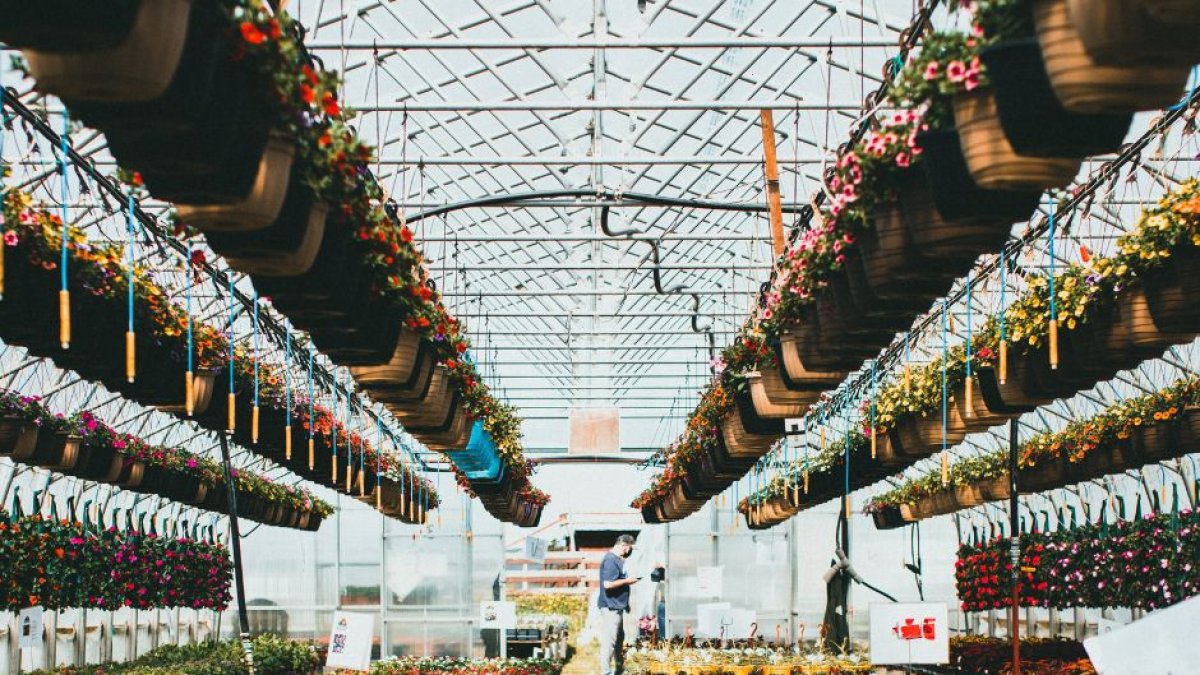Energy crisis threatens to wipe out the famous Dutch flower industry
Rising gas prices are wiping out the greenhouse network in the country that leads the world's flower market.

(Pexels)
Royal FloraHolland, a Dutch conglomerate that leads the world's flower market, warned that flower production will fall by up to 40% between Christmas and next spring due to rising greenhouse maintenance costs.
Industry group Glastuinbouw Nederland estimated that heating and lighting costs for greenhouse glass structures now account for more than twice as much as last year. Currently, energy is priced at up to 70% of the cost of crops. The company also commented that most of its members are facing serious financial difficulties.
The Netherlands has a production capacity of 1.7 billion flowers per year. Its exports account for 60% of world production. This export is worth approximately US$6.2 billion per year to the country. Most of the flowers are grown in greenhouses. These structures extend in that country over an area equivalent to approximately 17,000 soccer fields.
Energy crisis
The worsening energy crisis is wiping out the country's greenhouse network and causing growers to choose to stop work at half capacity or simply not to do it at all. Flower grower Marcel van der Lugt says that the production costs of his family business, Lugt Lisianthus, have more than doubled since last year: "We save what we can without harming the crop, because quality is very important. But energy prices are extraordinarily high."
According to Dutch statistics , gas consumption in the floriculture sector fell by 23% up to June of this year. In 2021, greenhouses consumed in gas 8% of the national total. Due to the increase in energy prices, producers claim that it is more profitable to close or sell their companies than to produce and grow the crop itself, since it is expected that by the end of the year the energy prices become even more expensive. A large number of growers have opted to close their business because they don't expect any change in the short term," says Michel van Schie of Royal HollandFlora.
Third largest fruit and vegetable producer
In addition to flowers, the Netherlands is Europe's third largest producer of fresh fruit and vegetables. Philippe Binard, spokesman for the European Fresh Produce Association, said that "it is possible that there will be a shift in production to deal with the consequences of high energy costs. This will be reflected later in the chain and up to the consumer".
Experts point to the shift of production to countries such as Spain - Europe's main supplier of fruit and vegetables - where farmers do not usually need heating and lighting during the winter. In addition, the growing season in that country runs from October to May, a time when energy prices are higher for most Dutch greenhouse operators.
Cindy van Rijswick, fresh produce specialist at Cooperatieve Rabobank UA explains that:
Some Dutch growers intend to end the growing season early in order to stop using artificial light. But these measures will reduce output and further raise prices for the consumer. Bloomberg says any shortages will further raise inflation across Europe, where food prices have already soared 11% from a year earlier .

























